The Border Gateway Protocol (BGP) is the core routing protocol of the Internet. It works by maintaining a table of IP networks or 'prefixes' which designate network reachability among autonomous systems (AS). It is described as a path vector protocol. BGP does not use traditional IGP metrics, but makes routing decisions based on path, network policies and/or rulesets.
BGP was created to replace the EGP routing protocol to allow fully decentralized routing in order to allow the removal of the NSFNet Internet backbone network. This allowed the Internet to become a truly decentralized system.
Very large private IP networks can also make use of BGP. An example would be the joining of a number of large Open Shortest Path First (OSPF) networks where OSPF by itself would not scale to size. Another reason to use BGP would be multihoming a network for better redundancy either to a multiple access points of a single ISP (RFC 1998) or to multiple ISPs.
Most Internet users do not use BGP directly. However, since most Internet service providers must use BGP to establish routing between one another (especially if they are multihomed), it is one of the most important protocols of the Internet. Compare this with Signalling System 7 (SS7), which is the inter-provider core call setup protocol on the PSTN.
BGP Operation
BGP neighbors, or peers, are established by manual configuration between routers to create a TCP session on port 179. A BGP speaker will periodically send 19-byte keep-alive messages to maintain the connection (every 60 seconds by default). Among routing protocols, BGP is unique in using TCP as its transport protocol.
When BGP is running inside an autonomous system (AS), it is referred to as Internal BGP (IBGP Interior Border Gateway Protocol). When BGP runs between ASs, it is called External BGP (EBGP Exterior Border Gateway Protocol). Routers that sit on the boundary of one AS, and exchange information with another AS, are called border or edge routers. In the Cisco operating system, IBGP routes have an administrative distance of 200, which is less preferred than either external BGP or any interior routing protocol. Other router implementations also prefer eBGP to IGPs, and IGPs to iBGP.
Finite state machine
In order to make decisions in its operations with other BGP peers, a BGP peer uses a simple finite state machine that consists of six states: Idle, Connect, Active, OpenSent, OpenConfirm, and Established. For each peer-to-peer session, a BGP implementation maintains a state variable that tracks which of these six states the session is in.
The BGP protocol defines the messages that each peer should exchange in order to change the session from one state to another. The first mode is the “Idle” mode. In this mode BGP initalizes all resources, refuses all inbound BGP connection attempts, and initiates a TCP connection to the peer. The second state is “Connect”. In this state the router waits for the TCP connection to complete, transitioning to the "OpenSent" state if successful. If not, it resets the ConnectRetry timer and transitions to the "Active" state upon expiration. In the "Active" state, the router resets the ConnectRetry timer to zero, and returns to the "Connect" state.
After "OpenSent," the router sends an Open message, and waits for one in return. Keepalive messages are exchanged next, and upon successful receipt, the router is placed in the “Established” state. Once established the router can now send/receive Keepalive, Update, and Notification messages to/from its peer.
BGP Router Connectivity and Learning Routes
In the simplest arrangement all routers within a single AS and participating in BGP routing must be configured in a full mesh: each router must be configured as peer to every other router. This causes scaling problems, since the number of required connections grows quadratically with the number of routers involved. To get around this, two solutions are built into BGP: route reflectors (RFC 4456) and confederations (RFC 5065). For the following discussion of basic UPDATE processing, assume a full iBGP mesh.
Saturday, February 23, 2008
Subscribe to:
Post Comments (Atom)
beach
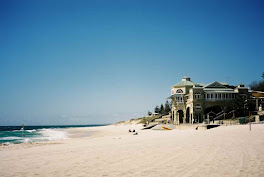
cottesloe beach restaurant
City of Perth
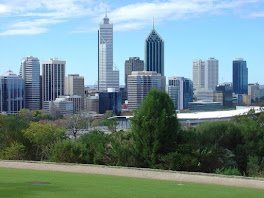
view from King's park
Houston TX
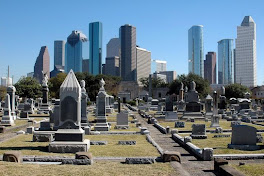
San antonio
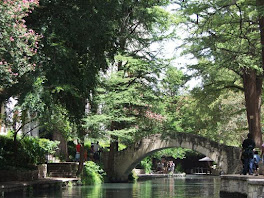


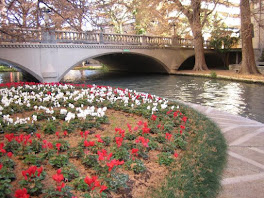


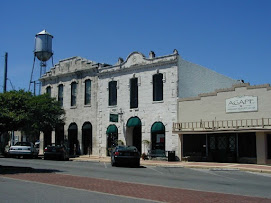


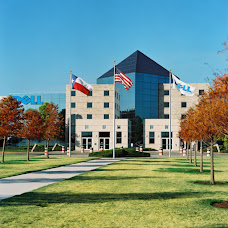

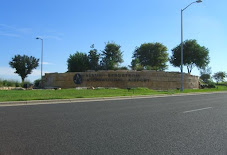



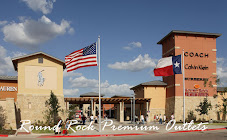


No comments:
Post a Comment